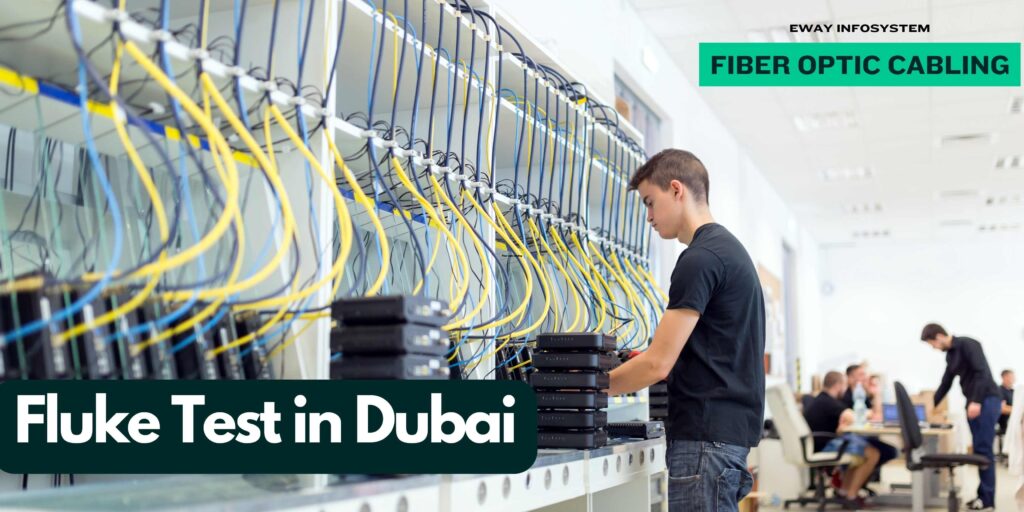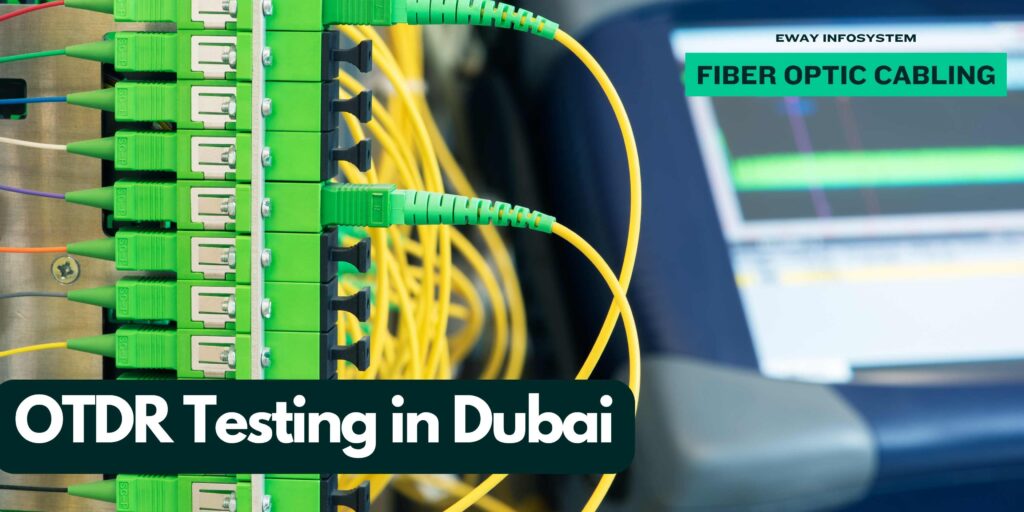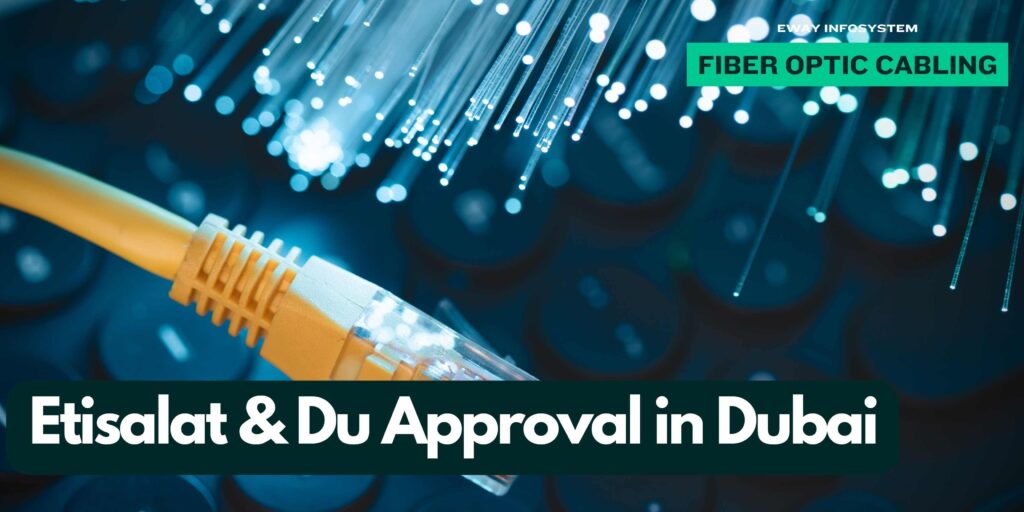
Fiber optic cable is a type of high-speed data transmission medium that uses strands of glass or plastic to transmit data as light signals. These cables are designed to carry large amounts of data over long distances with minimal loss of signal quality. Here are some key aspects of fiber optic cables:
Structure:
- Core: The innermost part of the fiber optic cable where the light travels. It is typically made of glass or plastic.
- Cladding: A layer surrounding the core that reflects light back into the core, preventing signal loss and dispersion.
- Buffer: A protective layer that surrounds the cladding and core to protect the fiber from damage.
- Jacket: The outermost layer of the cable, providing additional protection and insulation.
Types of Fiber Optic Cables:
- Single-mode Fiber (SMF): Designed for long-distance transmission with a single light mode. It has a smaller core diameter and uses laser diodes as light sources.
- Multi-mode Fiber (MMF): Used for shorter distances with multiple light modes. It has a larger core diameter and typically uses LED or VCSEL (Vertical-Cavity Surface-Emitting Laser) light sources.
Advantages:
- High Bandwidth: Capable of transmitting large amounts of data at high speeds.
- Low Latency: Provides faster data transmission compared to traditional copper cables.
- Long-Distance Transmission: Can transmit data over long distances without significant signal degradation.
- Security: Difficult to tap into or intercept the data being transmitted due to the use of light signals.
Applications:
- Telecommunications: Used in telecommunication networks to transmit voice, video, and data services.
- Internet Backbone: Forms the backbone of the internet, connecting continents and countries.
- Data Centers: Used to connect servers and storage devices within data centers.
- Cable TV: Used in cable television networks to deliver high-definition video and audio signals.
1. Fiber Splicing:

Fiber splicing refers to the process of joining two fiber optic cables together. This can be done using various techniques, such as fusion splicing and mechanical splicing. Fusion splicing involves melting the ends of the fibers together using an electric arc, while mechanical splicing uses alignment fixtures to hold the fibers in place.
2. Fiber Cable Termination:

Fiber cable termination involves connecting fiber optic cables to devices or distribution points. This process requires precision and specialized connectors to ensure minimal signal loss and optimal performance. Proper termination is essential for maintaining the integrity and reliability of the fiber optic network.
3. Fluke Test in Dubai:

Fluke testing refers to the use of Fluke Network Testing equipment to verify and troubleshoot network connections, including fiber optic cables. These tests can help identify issues such as signal loss, impedance mismatches, and cable faults. In Dubai, Fluke testing services are available from certified technicians and service providers specializing in network infrastructure testing and maintenance.
4. OTDR Testing in Dubai:

OTDR (Optical Time-Domain Reflectometer) testing is a diagnostic technique used to analyze the performance of fiber optic cables. It measures the backscattered and reflected light along the length of the cable to identify losses, faults, and splice points. OTDR testing is crucial for commissioning new fiber optic installations, troubleshooting existing networks, and ensuring compliance with industry standards. In Dubai, there are several companies and service providers offering OTDR testing services for fiber optic networks.
5. Etisalat & Du Approval in Dubai:

Etisalat and Du are the primary telecommunications providers in Dubai and the UAE. Any fiber optic installations, splicing, termination, or testing services conducted in Dubai often require approval or certification from these telecom operators to ensure compliance with local regulations and standards. It’s essential to work with authorized and certified contractors and service providers who have the necessary approvals from Etisalat and Du to perform fiber optic services in Dubai.
FAQ
Fiber optic cables transmit data using light signals. A transmitter converts electrical signals into light pulses, which are then sent through the fiber optic cable. At the receiving end, a receiver decodes the light pulses back into electrical signals.
Fiber optic cabling is a method of transmitting information using light pulses through thin strands of glass or plastic fibers. It offers high-speed data transmission over long distances with minimal signal loss compared to traditional copper cables.
High data transfer speeds
Greater bandwidth
Longer transmission distances without signal degradation
Immunity to electromagnetic interference
Secure data transmission (harder to tap)
Fiber optic cables can be terminated using various connectors, such as SC, LC, ST, and MPO. Termination involves attaching these connectors to the ends of the fiber optic cables to enable connection to devices or other cables.
Yes, fiber optic cables can carry both data and voice signals simultaneously using different wavelengths or channels.
The demand for high-speed, reliable connectivity continues to grow, making fiber optic cabling a crucial technology for telecommunications, data centers, and broadband networks. Ongoing advancements in fiber optic technology, such as increased capacity and flexibility, are expected to drive its adoption further in the coming years.